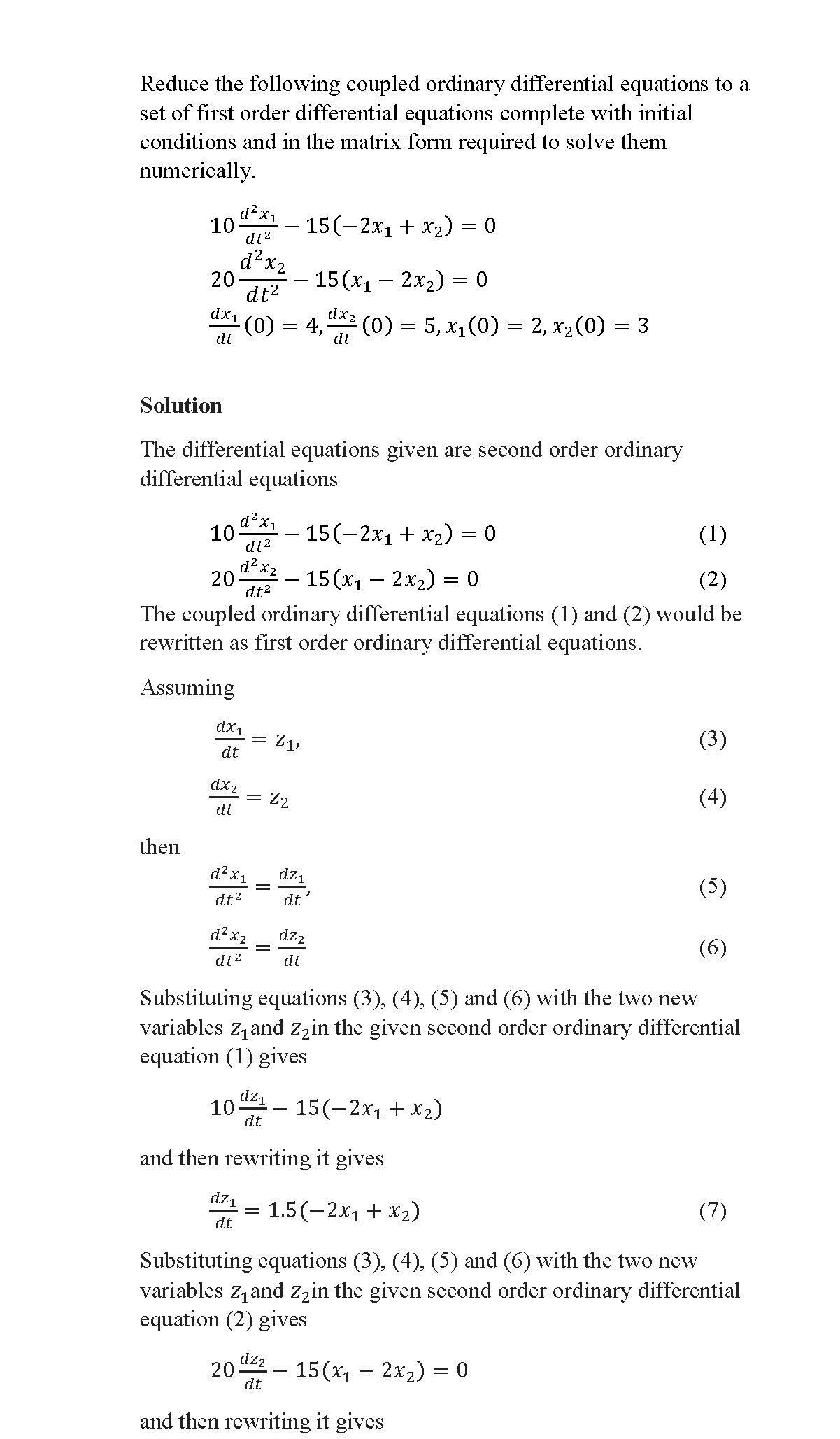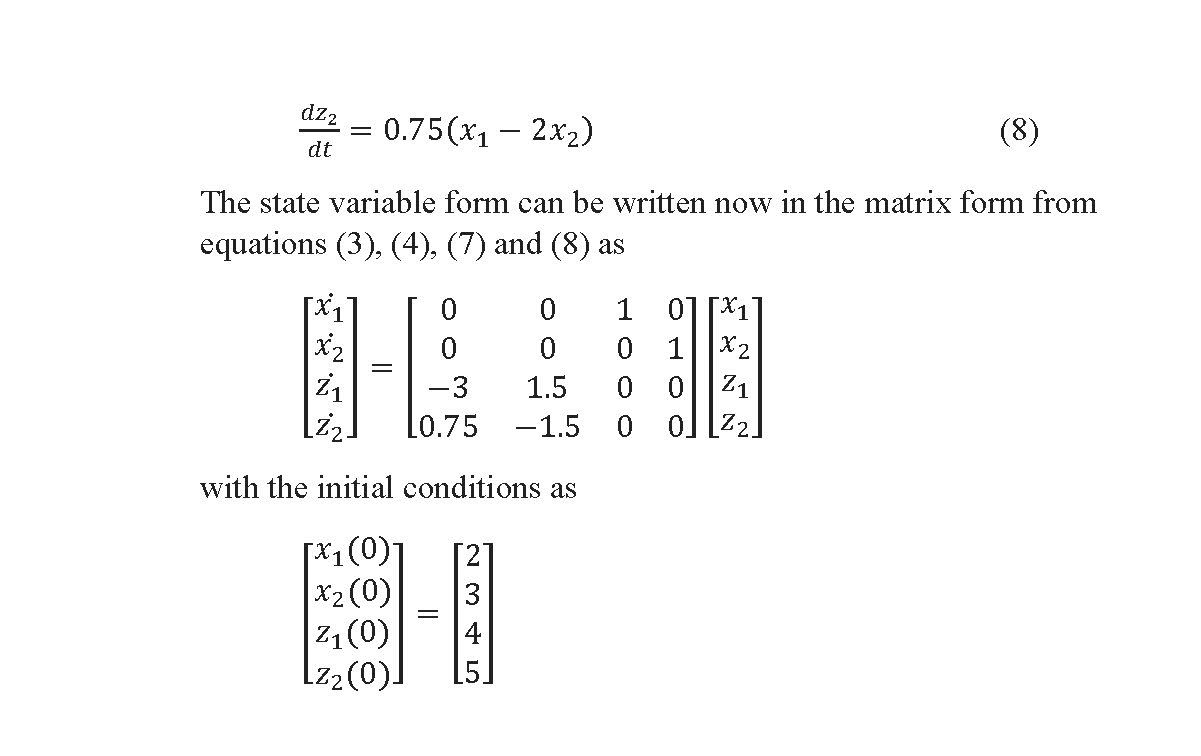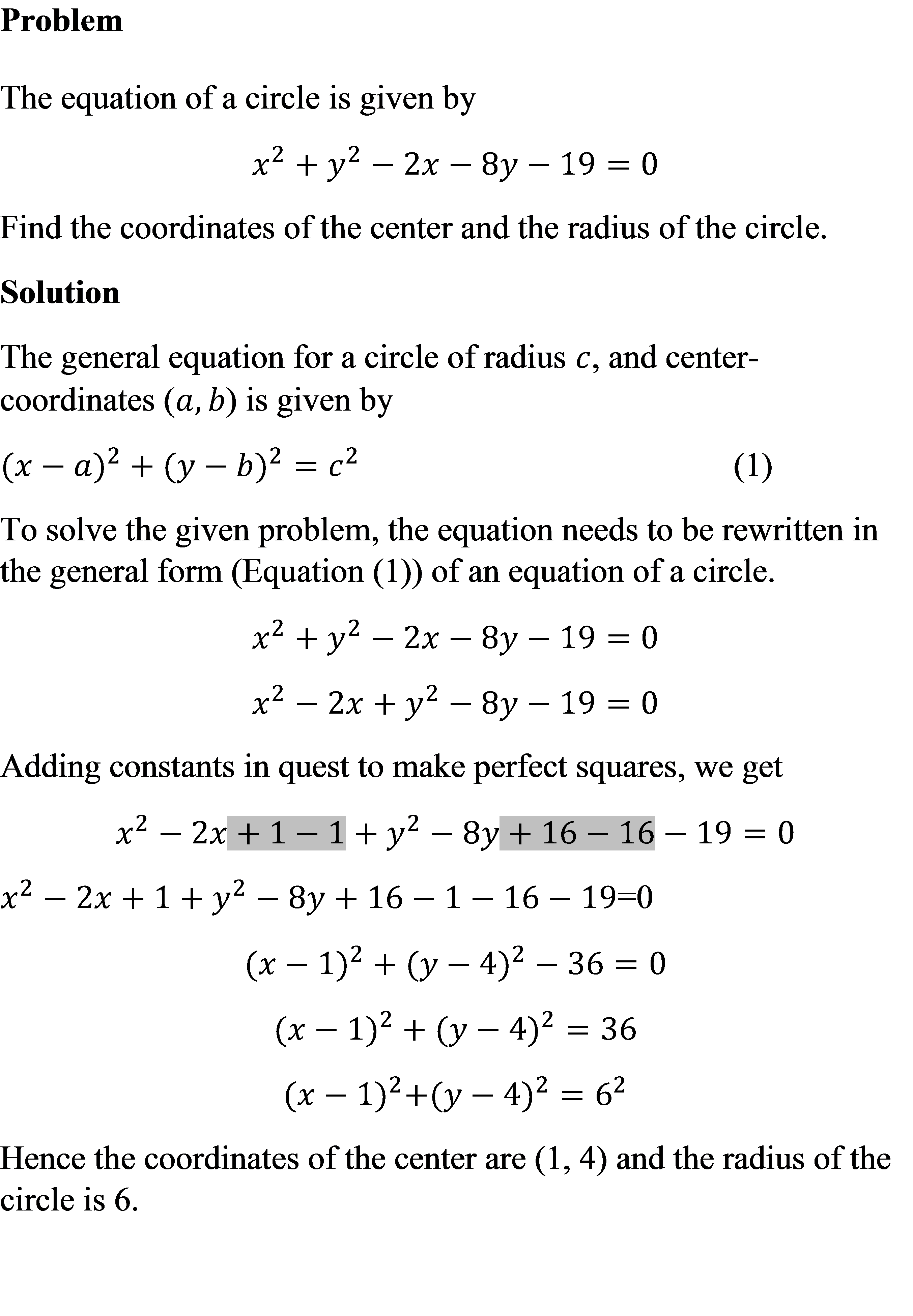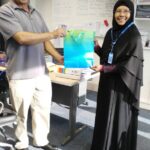Day 16 – Monday, July 23, 2018
Today, I woke up a little earlier than usual and called my spouse. I am looking forward to seeing my family in a few days but I will be missing my UTP family as well. The UTP family has been kind and welcoming to me. They have given me a different perspective of how an education system works in a young university – they can be nimble and open to new methods.
Photo: Exchanging gifts with the department chair of mechanical engineering, Dr. Puteri, UTP Malaysia
I met with the department chair, Professor Puteri who stays busy with managing a faculty of 57 members. We had a chat about my stay and the plans for future collaboration. I was thankful to her and my host for a smooth visit. Every detail was attended to and that takes time, effort and grace. We exchanged a few gifts.

Photo: Gifts from UTP Malaysia
Later during the morning, I had a long conversation with a mechanical engineering faculty member who teaches a Heat Transfer course and he was interested in taking his SoTL (scholarship of teaching and learning) work to a higher level – he had already co-presented and co-published semi-flipped classroom work at a conference. Since he could not make it to the SoTL workshop I facilitated last Monday, we went through the five stages of SoTL and discussed the simple, validated and reliable instruments he can use for classroom surveys. We touched upon the ethical standards used for SoTL – at UTP, they are not allowed to use different treatments in the same semester to separate groups. I mentioned that I do not commend such comparison groups either. Instead, one can compare two unpaired groups from two semesters; normalize the cognitive gain results with GPA to avoid any differences in incoming students; check that the two groups in the two semesters are similar or not in other demographic parameters (gender, age, and ethnicity) through a chi-square test.
For lunch, my host took me to a student cafeteria to get a feel for yet another place where students go to eat on campus. There are no meal plans for students; you just pay as you go. This cafeteria had a wide variety of food available, mainly chicken and fish cooked in various forms. You choose the food item and quantity, and through some approximate math, the cashier decides how much you pay. I did not ask how it works as I feel right at home with numerical methods!
In the afternoon, I met with a student who is doing her master’s in mechanical engineering. She was conducting a three-point bending test on a curved beam and was asked how to interpret the results she was getting from strain gages, and the load and displacement data from the universal testing machine. I will be sending her models for curved beam bending as well as when the loading is high which takes the material beyond the elastic range. The combination of analytical and experimental models will be quite helpful to her.

Photo: A three-point bending test. Source: Instron.us
I realize that only a handful of countries require coursework for their graduate programs. I believe having at least taking eight core classes in a Ph.D. program would be suitable for any student. Self-study can only do so much good and it would still be of narrow scope. The thesis is there for the narrow but deep scope of a subject matter, and for learning independent study and research, and life-long learning skills. What do you think?
I got dropped off at the hotel for the last time by the taxi driver who has been transporting me back and forth between the hotel and UTP for two weeks. Over this time, we have had short but meaningful conversations about life including children, but with lots of pauses on both our parts, as he was mildly fluent in English and my knowledge of Malay was near “kosong” (zero)!
___________________________________________________
This material is based upon work supported by the Fulbright Specialist Grant and the products of the National Science Foundation Grants# 0126793, 0341468, 0717624, 0836981, 0836916, 0836805, 1322586, 1609637. Any opinions, findings, and conclusions or recommendations expressed in this material are those of the author(s) and do not necessarily reflect the views of the National Science Foundation or the Fulbright Program.


 This post is brought to you by
This post is brought to you by



